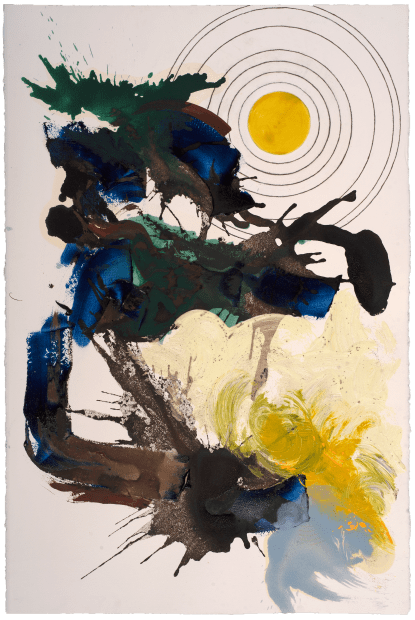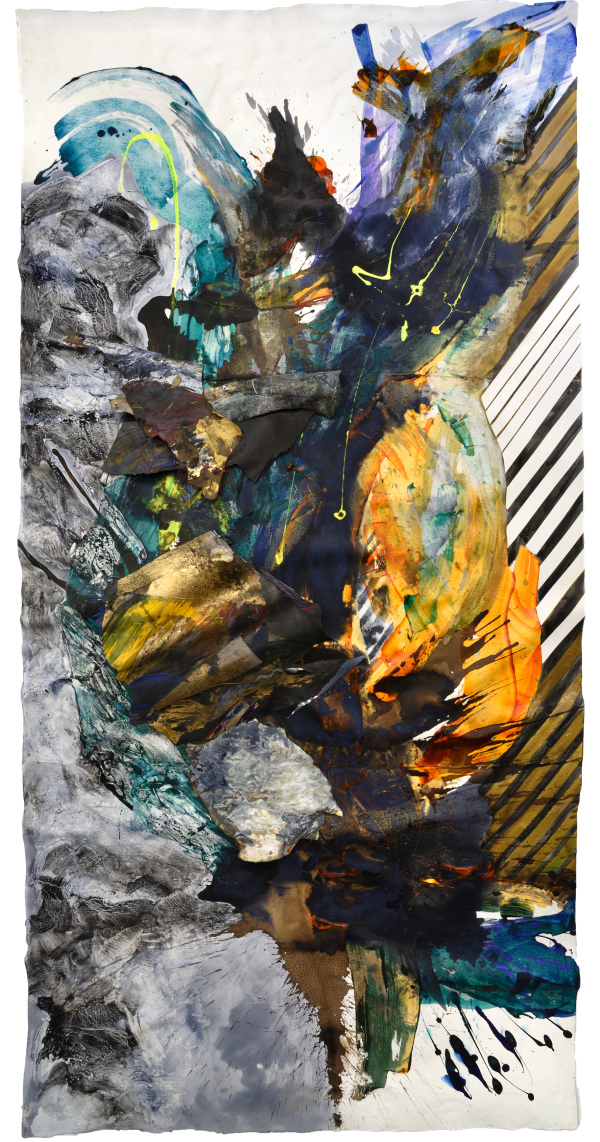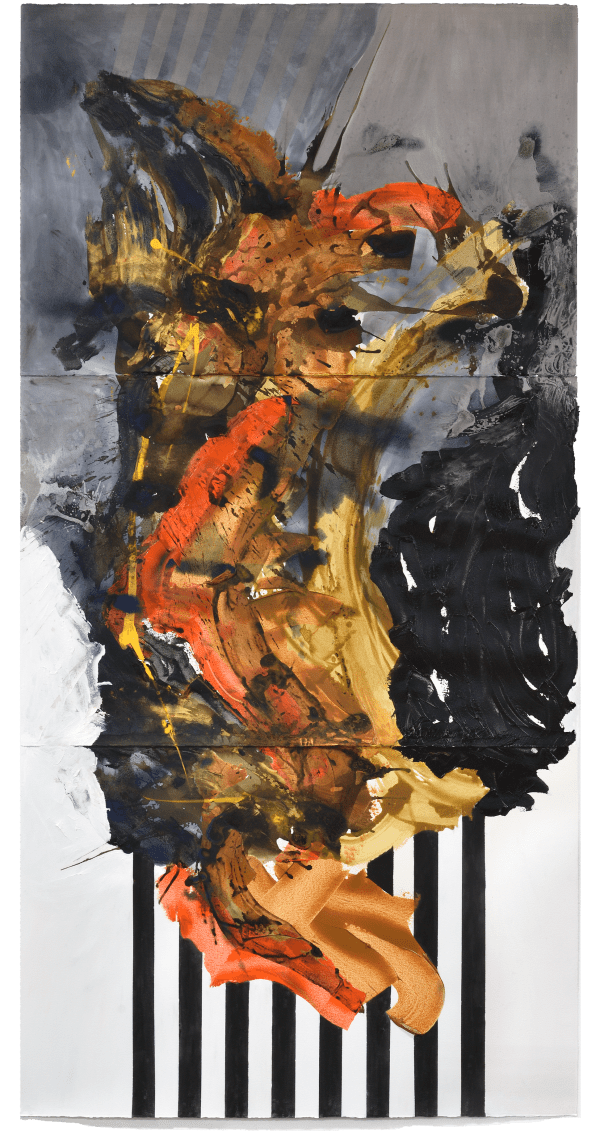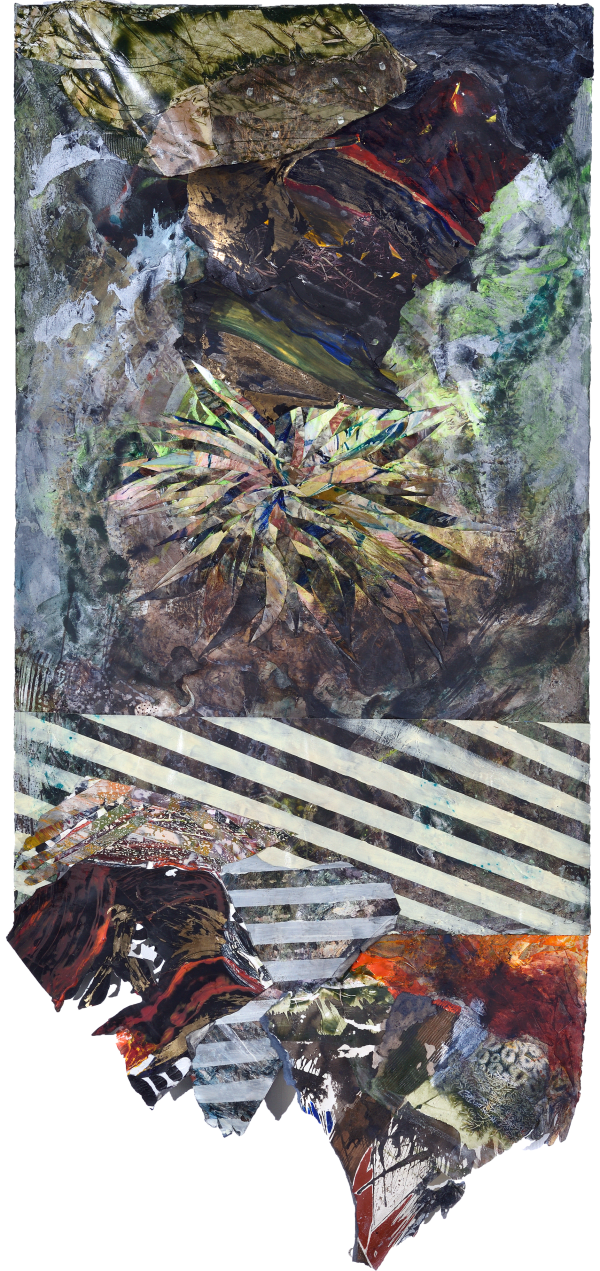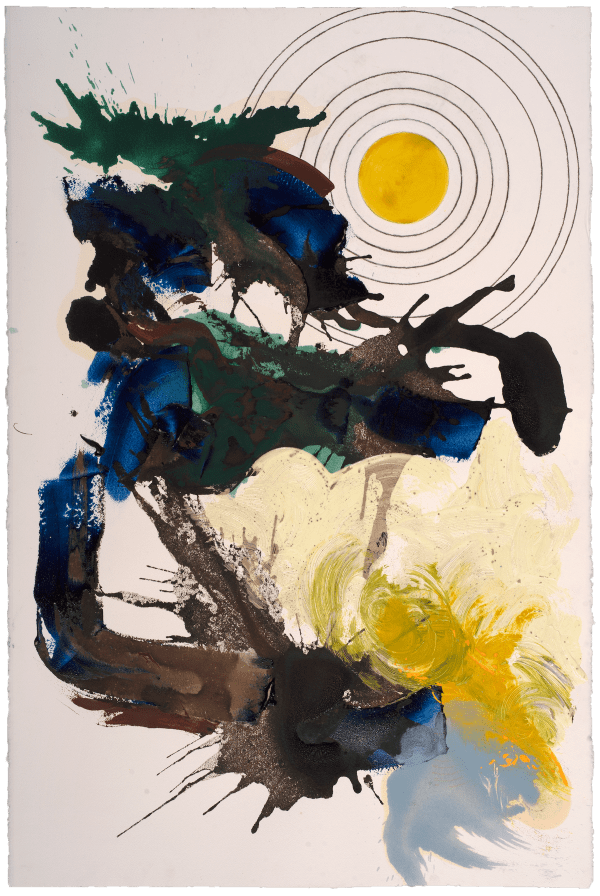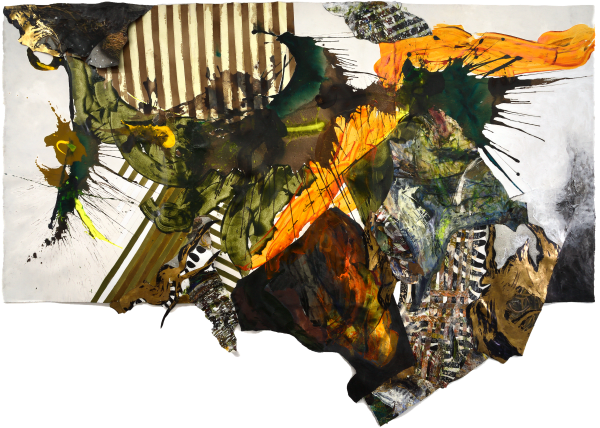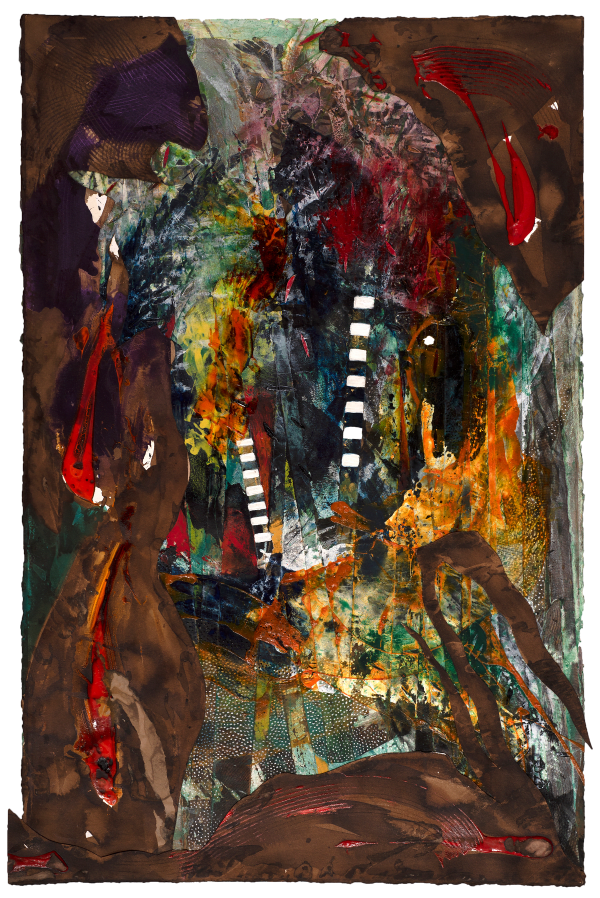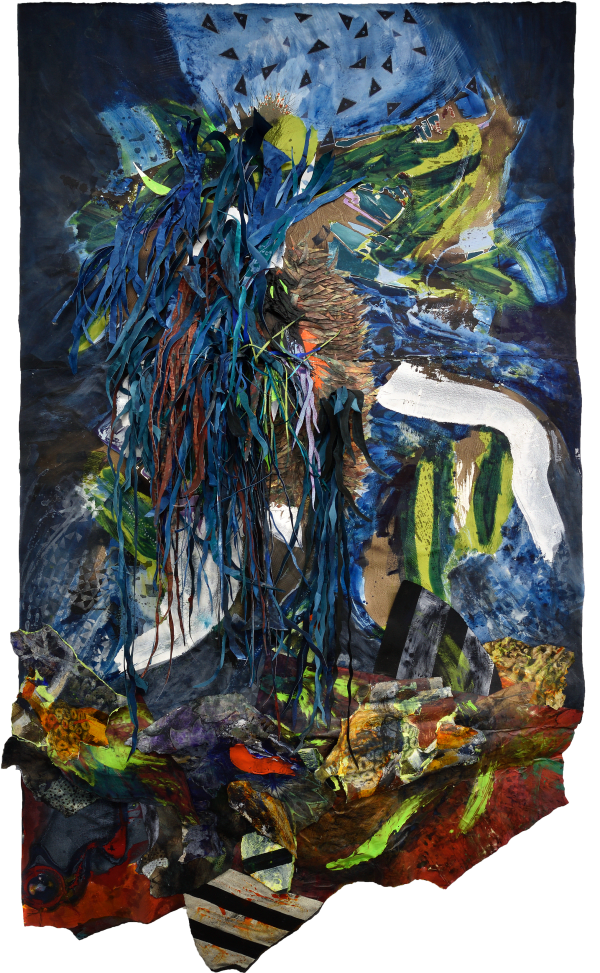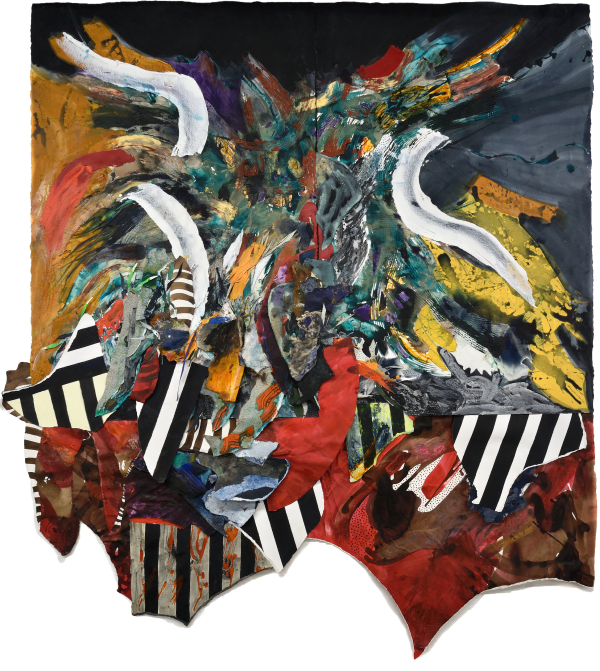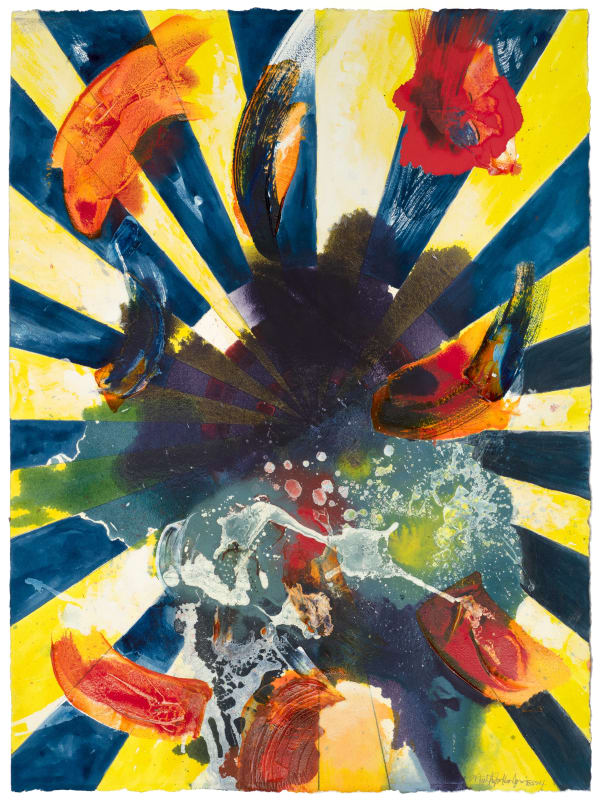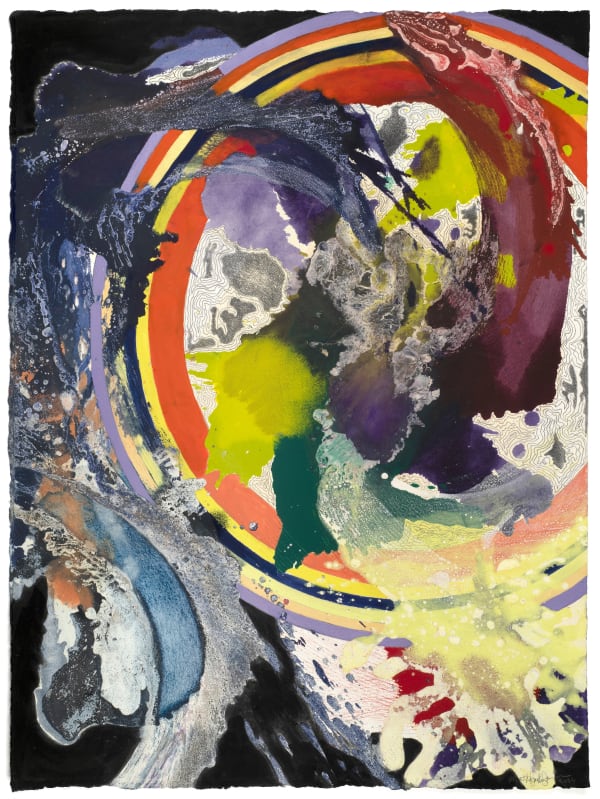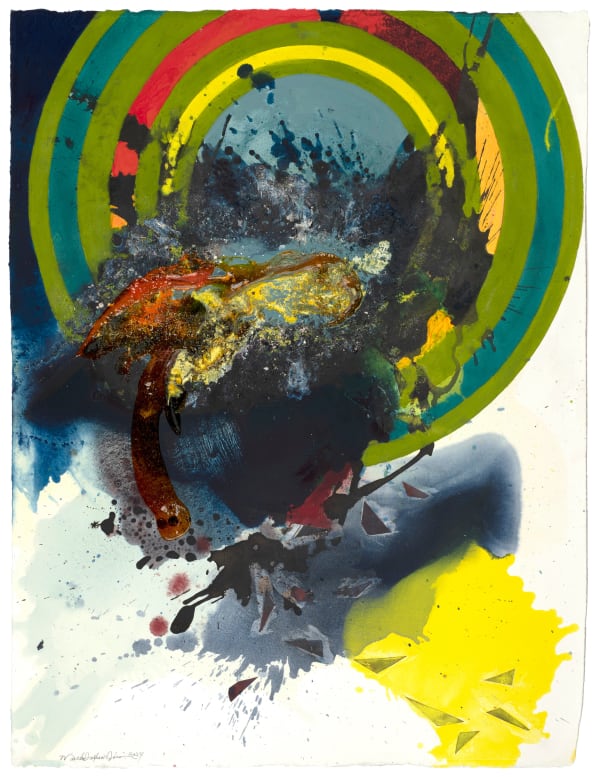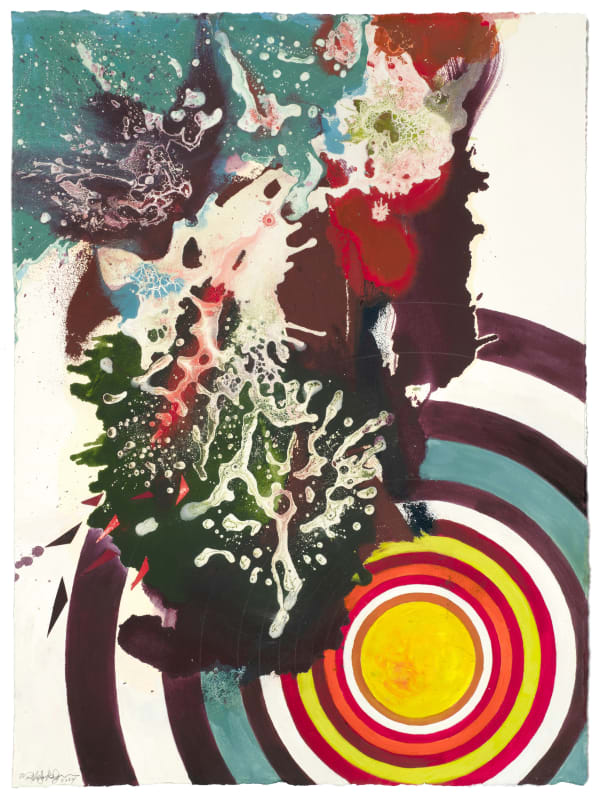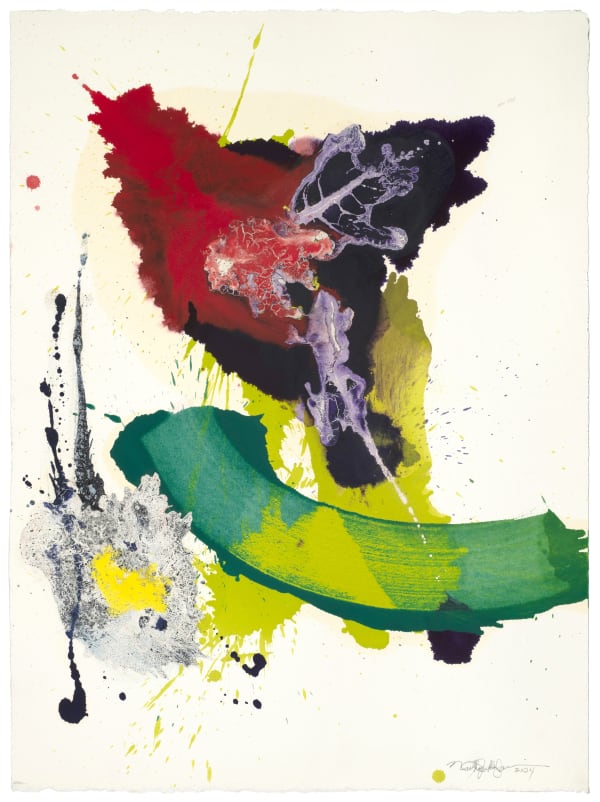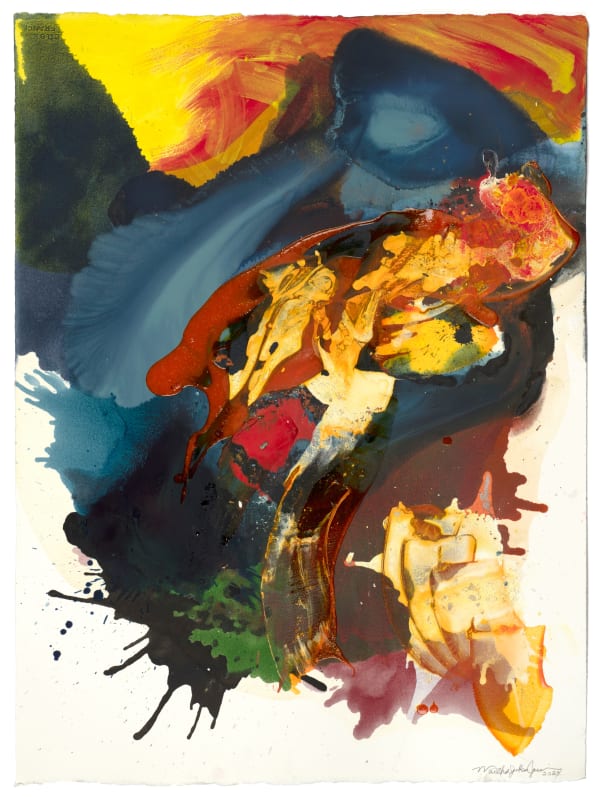-
MARTHA JACKSON JARVIS
What The Trees Have Seen II
17 October - 30 November 2024 -
 Installation view, What The Trees Have Seen II at Susan Inglett Gallery, NYC. Photo: Adam Reich
Installation view, What The Trees Have Seen II at Susan Inglett Gallery, NYC. Photo: Adam Reich -
Martha Jackson Jarvis bears witness to her great-great-great-great grandfather's experience as an enlisted free Black militia man during the American Revolutionary War in What The Trees Have Seen II. In May of 1781, Luke Valentine and his cohort, led by Captain Adam Clements, engaged in battle at points from Bedford County, Virginia to the shores of South Carolina. This was a treacherous and unpredictable passage across uncharted territories, particularly for a Black man in the American South.
In November of 1832, Valentine made a declaration in order to receive his pension for his services in the Revolution, the documentation of which led to Jarvis' discovery of him and his story, more than 150 years later.
Inspired by this newfound family history, Jarvis speculatively retraces his steps, resulting in her signature, large-scale abstract paintings in which she tracks his physical and emotional journey through various landscapes, both wild and domestic, embedding the work with constructed memories of a bygone time and place.
-

-
This was a history my family did not know. My journey, and my interest, was the topography, which I am familiar with…with the discovery of Luke, it felt like Time reaching out to grab me, in a way, and I had to somehow engage with it.
- Martha Jackson Jarvis
-
 MARTHA JACKSON JARVIS, Hard Rain, 2021
MARTHA JACKSON JARVIS, Hard Rain, 2021 -
 MARTHA JACKSON JARVIS, Keep the Blue of Light of Home
MARTHA JACKSON JARVIS, Keep the Blue of Light of Home -
What was the topography, or the landmass that he traveled, but also, what was the interior landscape of a free, African man in the 1700’s? How did he do it? What was it that gave him the strength, the courage to persevere and to survive?
- Martha Jackson Jarvis
-
 Jarvis’ practice spans decades and media, from large-scale sculpture and public art installations to works on paper. Among her signature materials is a black walnut ink foraged and produced by Jarvis herself, imbuing the work with a raw materiality that is both singular and historically relevant. The works are cumulative, and Jarvis introduces new shapes, textures, and tones as abruptly as a journey introduces hurdles and passage.Monumental scale is nothing new for Jarvis, with many of her sculptures and public works projects existing unabashedly in the third-dimension. Whether she is incorporating the remnants of domestic objects previously owned by those she loves, or using natural materials taken from the world around her, Jarvis asserts the existence of a spiritual network that tethers us to our environments and each other. The sheer size of the paintings seem to pull from these worldly inclinations, large enough to fill a viewer's field of vision and produce an all-encompassing effect that roots one in place.
Jarvis’ practice spans decades and media, from large-scale sculpture and public art installations to works on paper. Among her signature materials is a black walnut ink foraged and produced by Jarvis herself, imbuing the work with a raw materiality that is both singular and historically relevant. The works are cumulative, and Jarvis introduces new shapes, textures, and tones as abruptly as a journey introduces hurdles and passage.Monumental scale is nothing new for Jarvis, with many of her sculptures and public works projects existing unabashedly in the third-dimension. Whether she is incorporating the remnants of domestic objects previously owned by those she loves, or using natural materials taken from the world around her, Jarvis asserts the existence of a spiritual network that tethers us to our environments and each other. The sheer size of the paintings seem to pull from these worldly inclinations, large enough to fill a viewer's field of vision and produce an all-encompassing effect that roots one in place. -
 MARTHA JACKSON JARVIS, South of the North Star, 2020
MARTHA JACKSON JARVIS, South of the North Star, 2020 -
![He [Luke] was from the mountains and had never seen the sea. So this march would have been his first...](data:image/gif;base64,R0lGODlhAQABAIAAAAAAAP///yH5BAEAAAAALAAAAAABAAEAAAIBRAA7) MARTHA JACKSON JARVIS, Encountering the Sea, 2021
MARTHA JACKSON JARVIS, Encountering the Sea, 2021 -
Cycles of generational exchange and storytelling are felt in Jarvis’ use of mandalas as motifs, the symbol holding space in the compositions as a regenerative emblem. The radial pattern, evocative of the sun, ovum, or other life-giving, natural forms along with the colorfully abstract painted forms, is occasionally juxtaposed with black and white stripes. These represent moments of clarity and familiar paths of travel, a reminder that he can always find his way back, regardless of nature's unpredictable disruptions.The symbolism of the mandala points to many of the themes Jarvis navigates within her work: wholeness, harmony, the journey of the spirit, and acknowledgement of one's interconnectedness with a greater design.
-
![Upon returning home, he was still in the south, [I considered] ... the tradition of African American people in this...](data:image/gif;base64,R0lGODlhAQABAIAAAAAAAP///yH5BAEAAAAALAAAAAABAAEAAAIBRAA7) MARTHA JACKSON JARVIS, What the Trees Have Seen I, 2022
MARTHA JACKSON JARVIS, What the Trees Have Seen I, 2022 -
 MARTHA JACKSON JARVIS, White Light Mandala II, 2022
MARTHA JACKSON JARVIS, White Light Mandala II, 2022 -
 Photo: Grace Roselli, Pandora's BoxX Project
Photo: Grace Roselli, Pandora's BoxX Project -
Martha Jackson Jarvis in conversation at Susan Inglett Gallery, NYC.
-
Susan Inglett Gallery
-
THE ART SHOW: BOOTH B7
-
OTHER AVAILABLE WORKS
-
 MARTHA JACKSON JARVIS, Mandala Sky I, 2024
MARTHA JACKSON JARVIS, Mandala Sky I, 2024 -
 MARTHA JACKSON JARVIS, Mandala Sky II, 2024
MARTHA JACKSON JARVIS, Mandala Sky II, 2024 -
 MARTHA JACKSON JARVIS, Mandala Sky III, 2024
MARTHA JACKSON JARVIS, Mandala Sky III, 2024 -
 MARTHA JACKSON JARVIS, Mandala Sky IV, 2024
MARTHA JACKSON JARVIS, Mandala Sky IV, 2024
-
MARTHA JACKSON JARVIS: What The Trees Have Seen II
Past viewing_room




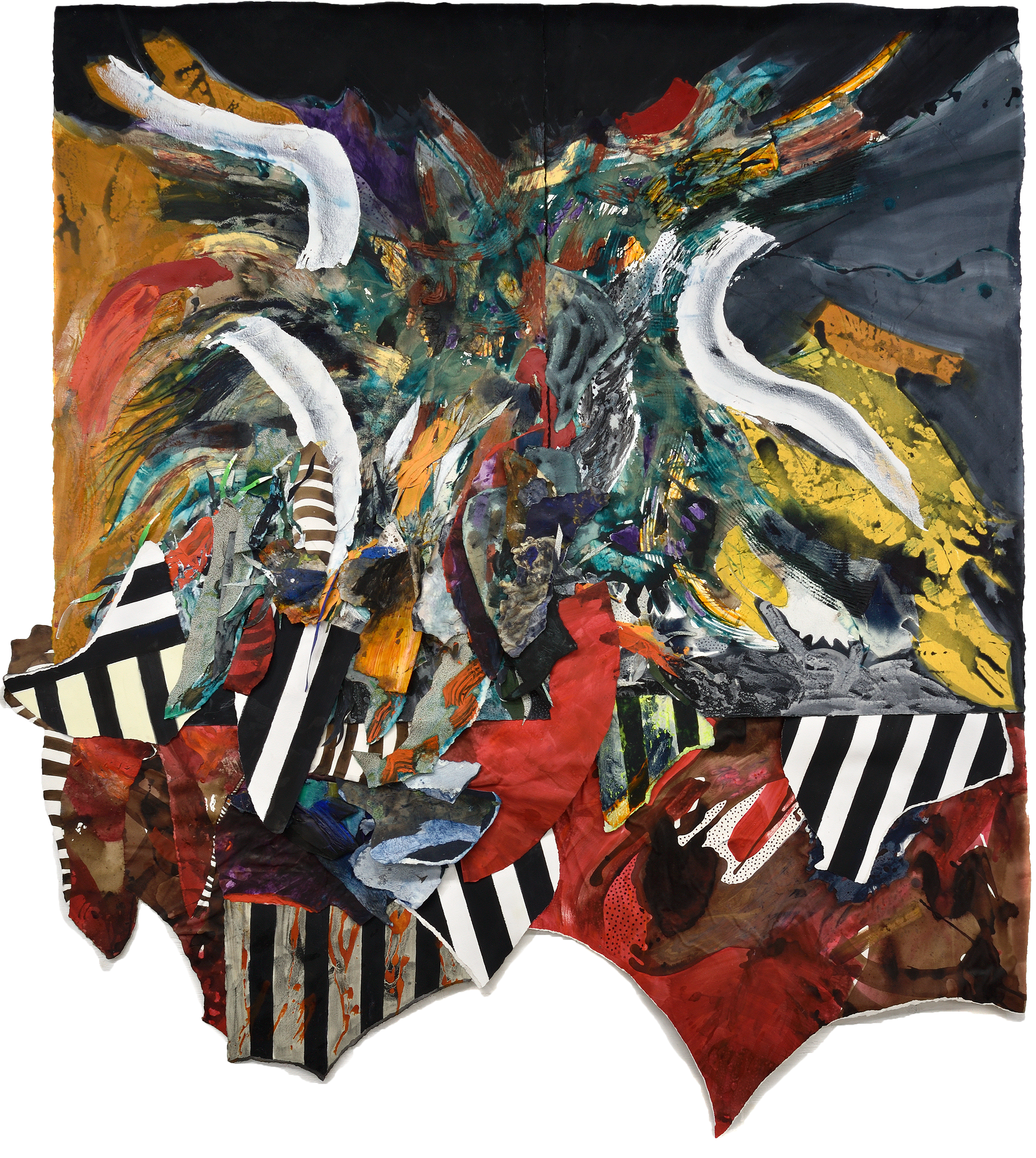
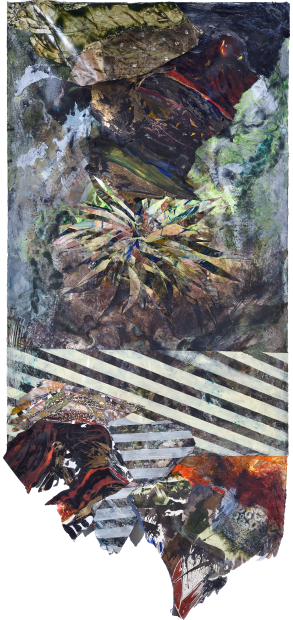
![He [Luke] was from the mountains and had never seen the sea. So this march would have been his first...](https://artlogic-res.cloudinary.com/w_620,h_620,c_limit,f_auto,fl_lossy,q_auto/artlogicstorage/susaninglett/images/view/c95fcd8bce3be9f2c71518f52c9d031dp.png)
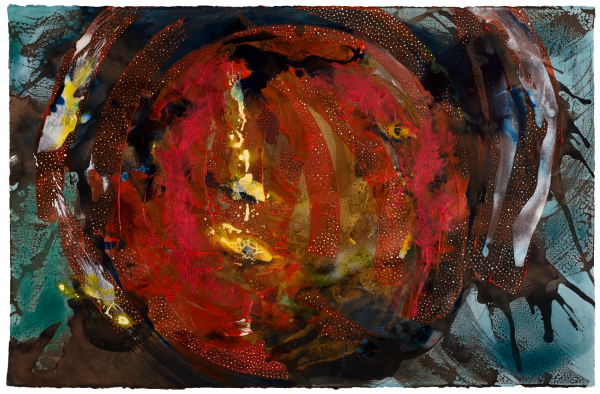
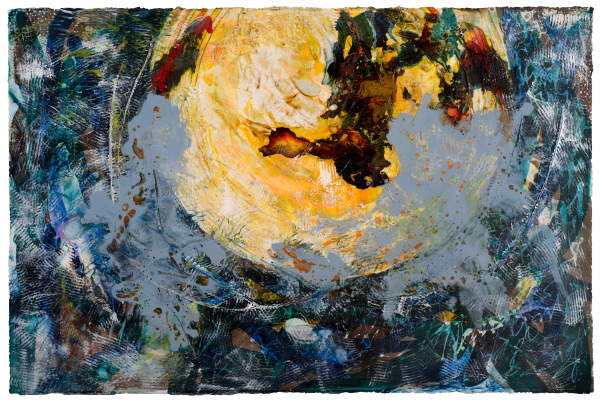
![Upon returning home, he was still in the south, [I considered] ... the tradition of African American people in this...](https://artlogic-res.cloudinary.com/w_620,h_620,c_limit,f_auto,fl_lossy,q_auto/artlogicstorage/susaninglett/images/view/8fc09d2b53683cd3168f8f92ec8b6a64p.png)
